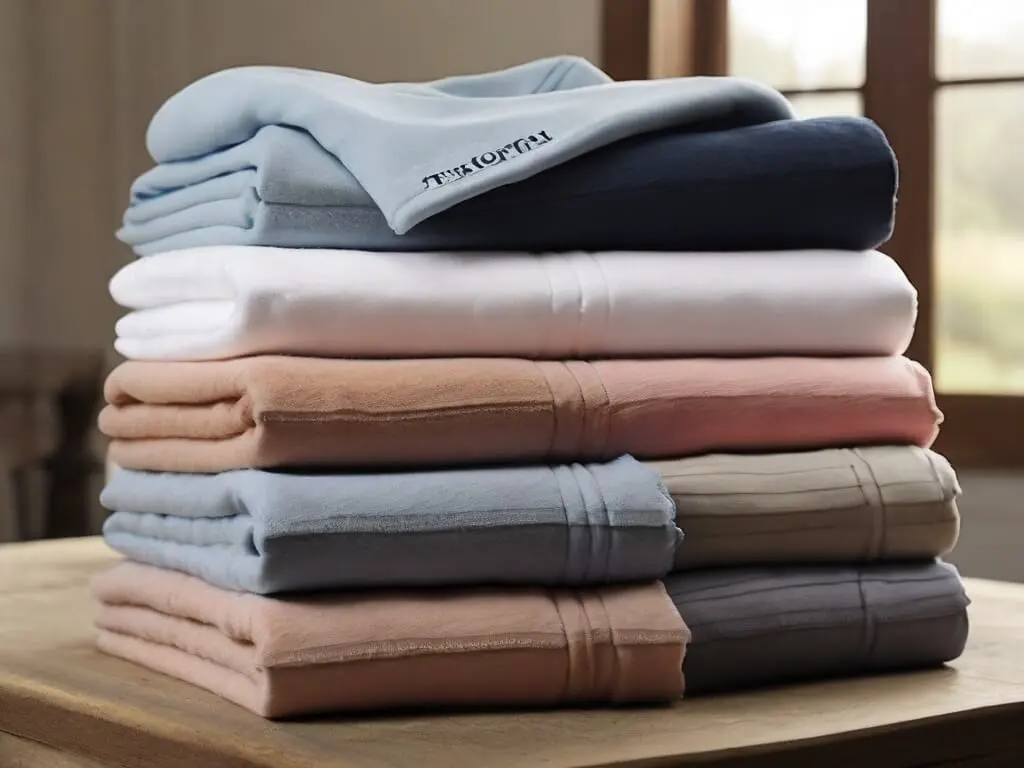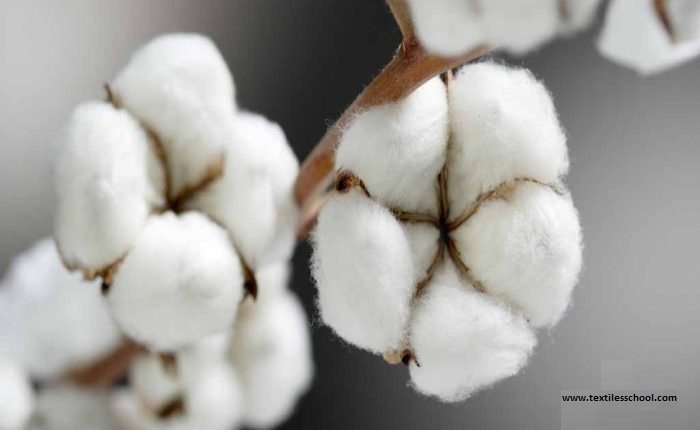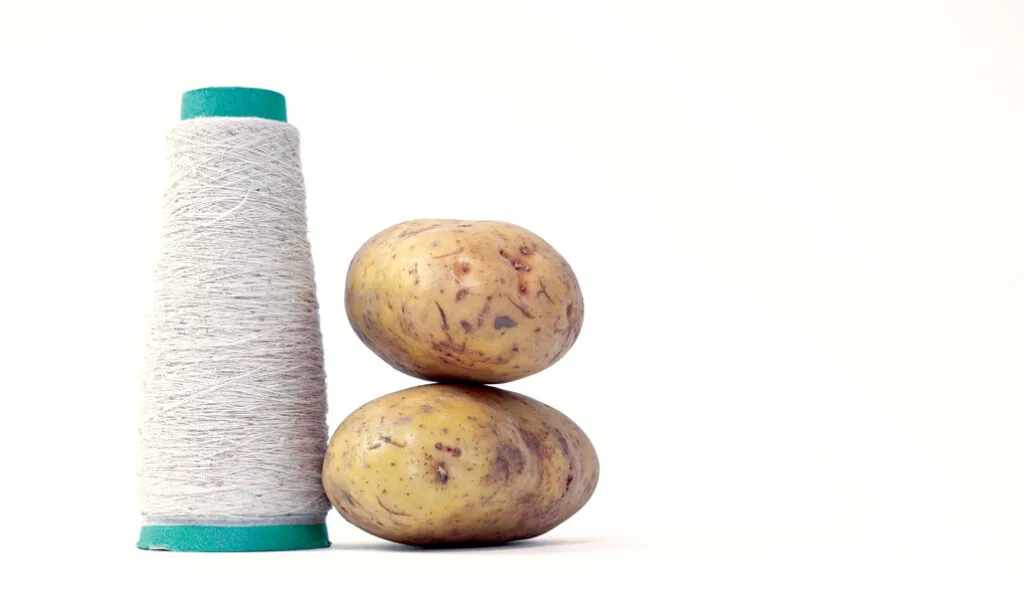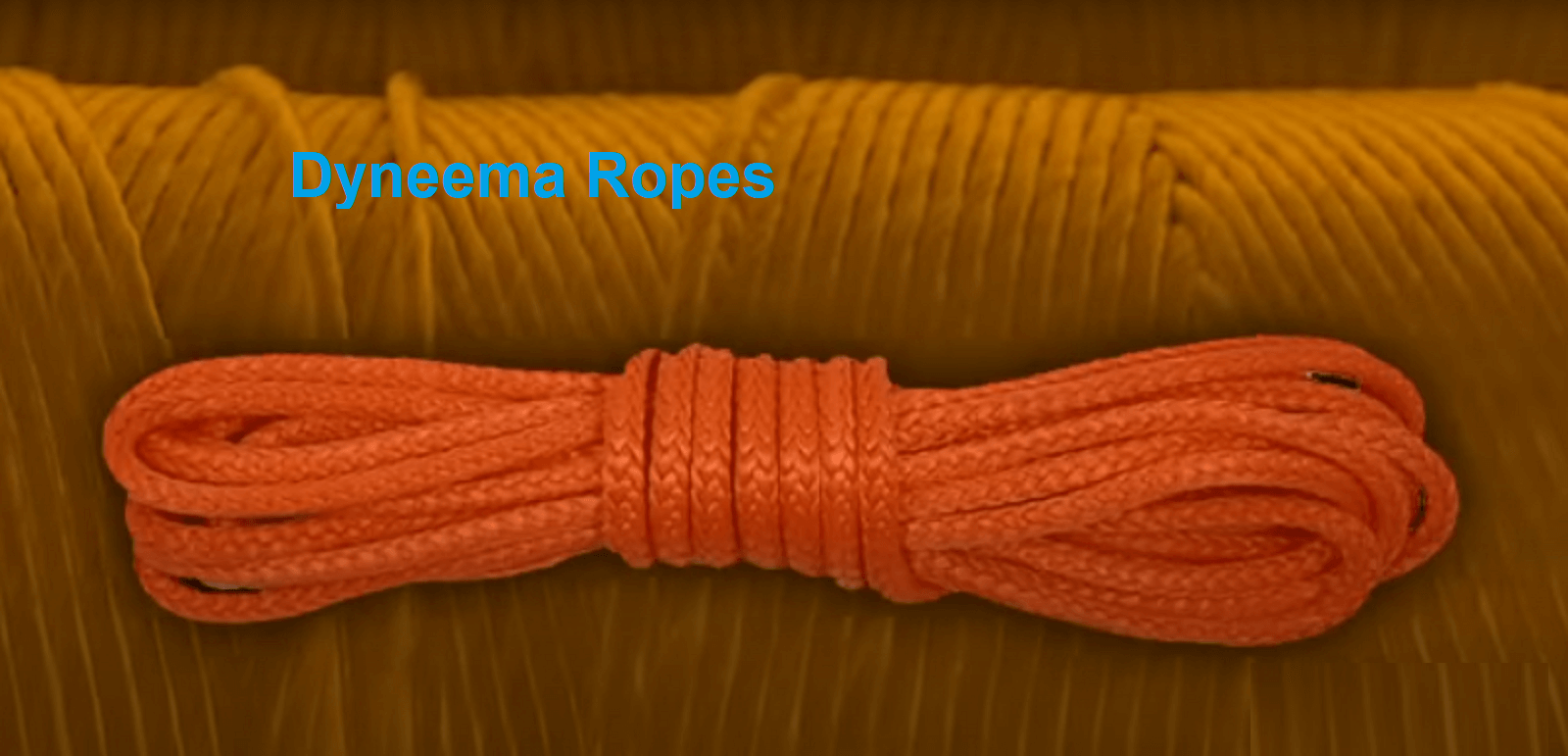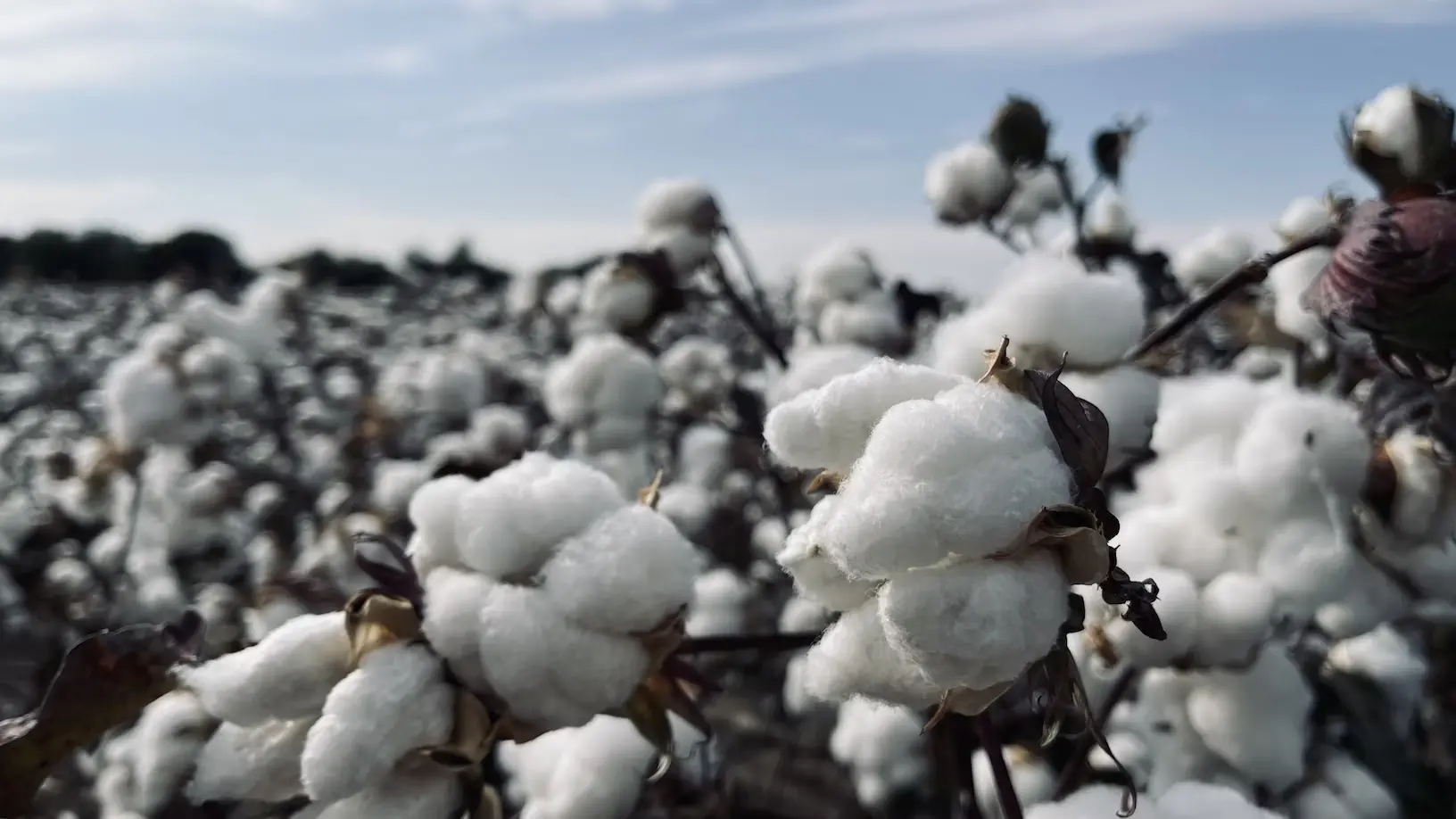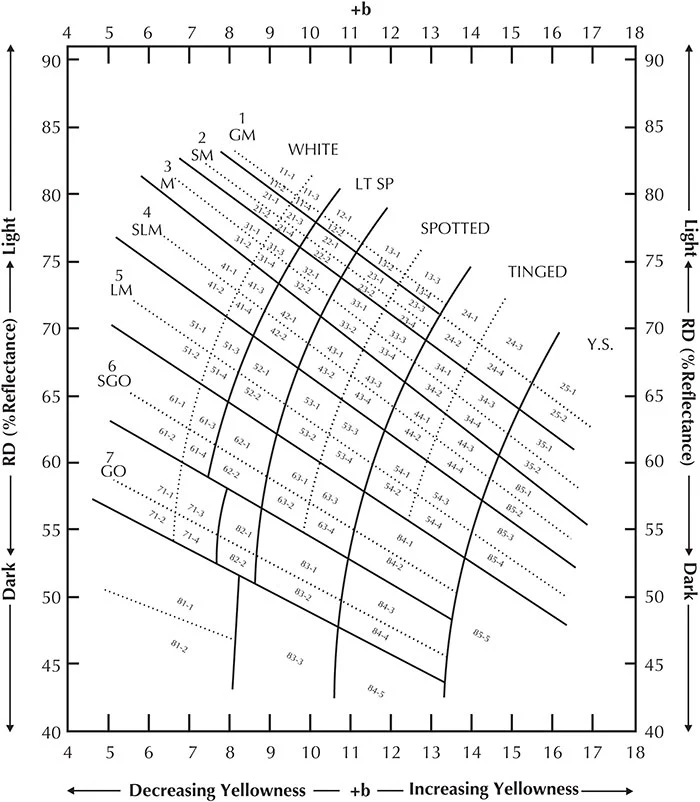What does Microfiber Mean?
Microfiber refers to the fineness of the yarn and it’s not the fiber content. However the required thinness can be obtained only in synthetic yarn, examples are nylon and polyester but not natural yarns like silk, or cotton. In common cases, microfiber is mostly polyester or nylon. Microfiber could be rayon or acetate. Also, these are naturally sourced (regenerated) from bamboo or wood pulp that are synthetically turned into fibers by chemical action. It would not be cotton. , due to the fineness of the fiber, microfibres show very superb capillary action. Hence are used for their wicking property on sportswear and many other applications.
| Faber name | Microfibre |
| Fabric is also known as | Microfiber |
| Faber content | Ultra-thin synthetic fibers such as polyester, polyamide, or polypropylene |
| Breathability | High |
| Moisture-wicking abilities | High |
| Heat retention abilities | Medium |
| Stretchability | Medium |
| Fabric Prone to pilling/bubbling | Medium |
| Origin | Japan |
| Biggest exporting/producing country today | China |
| washing temperatures | Machine washing cold or warm recommended |
| Common used | Cleaning cloths, floor mops, insulation, tablecloths, upholstery, athletic wear, jerseys, skirts, jackets, face masks, microfiber towels, bathrobes, bathing suits, imitation suede, wallets, handbags, shoes, book covers, backpacks |
Microfiber is a synthetic polymer (usually PET) extruded to produce fibers of less than 1 denier. It is defined as it is a filament or staple fiber finer than 1 denier or 10 microns. (For polyester fiber 1 denier is approximately 10 microns), (A denier is a weight unit, it is the weight of fiber in grams in 9 kilometers).
- You may also like the post “Dyneema fiber an overview”
In another conversion system, the fineness of microfiber is approximately 1dtex or less, but not less than 0.3dtex. It is about 1/5 of human hair. The human hair average is 70 microns in diameter. Also, it is one-third the diameter of cotton, half the diameter of fine silk one-fourth the diameter of fine wool, and one hundred times finer than human hair. Furthermore, microfiber finer qualities can be as thin as 0.13denier. For the production of microfiber acrylic, polypropylene and viscose are available with polyester and polyamide are the main sources. Its fabric is usually made of polyester or a blend of polyester and viscose, wool, and cotton.
Fabric made from microfibers are generally lightweight and have luxurious drapes, wrinkle resistance, and resistance to pilling. They are stronger relatively. These fibers are breathable and have a more comfortable level to wear, and higher thermal insulation properties, hence lower heat conductors, so good to habitat for warmth felling than conventional fibers.
History of Microfiber
The first microfiber was produced in Japan in the 1970s. Then the production followed in Europe in the 1980s, and the 1990s by American. Toray was a pioneer company in microfiber followed by Teijin, Hoechst, ICI, and DuPont, Today in the modern world super fine microfiber is introduced commercially having a fineness of 0.05 dtex.
How Microfiber Produce?
There are three techniques to produce microfiber commercially, i.e. melt spinning, wet spinning, and dry spinning. To production of these described methods involves steps, i.e. polymerization process, polymer spinning, extruded, and drawing process. To produce microfiber synthetic fiber liquid polymer, which is then extruded and spun, through very fine tiny holes called a spinneret. These tiny holes are super-tiny holes, which is an engineering feat in itself. So, produce with high pressure of liquid into microfiber. The production cost is higher than that of conventional fiber, as it is a more delicate product, and more technology is involved. However, as technology becomes more advanced can lower the cost of its production.
Properties of Microfiber
This technical textile has remarkable properties, such as luster, softness, drape-ability, and surface properties. Woven fabric produced from 0.1dtex hollow microfiber offers a super sense of warmth, bulkiness, lightweight, softness, and dryness. Also more delicate to silk, shrink-resistant, and hypoallergenic. Antimicrobial textile agents help to resist bacteria and mildew. Microfibers are super absorbent, can absorb seven times their weight, and dry more quickly than conventional fibers. Furthermore, it is a more sustainable fiber and environmentally friendly.
Due to the higher absorption rate microfiber dye rate four times higher than conventional fibers, Due to the larger surface area, more fiber is exposed to light, resulting in low color fastness. The size of the material required to weave is also higher than ordinary fiber yarn. As a result, it is difficult to process, and its cost for every step is higher as in carding, spinning, weaving dying. This parameter causes higher costs than conventional fiber use, however their benefits are also bigger.
Why is Microfiber so Good at Cleaning?
Microfibers are small enough that they can sparkle on even the tiniest, dust particles. When it is zoomed out enough to see a single fiber, it is seen as dirt stuck on it. For example, a gecko on the ceiling. It is a reptilian with four legs, these legs have micropic hairs that sport these on the the ceiling by der Waals force. This is a very weak electromagnetic force, but when multiplied over millions of hairs, then this lizard does not fall.
Dirt trapped in microfiber cloth is held there in the same way. It remains there until loosened by rinsing the cloth with hot water. Hot water loosens the microfiber, breaks the van der Waals force, and releases dirt.
You may also like to know the washing procedure for Microfiber cloths
Is Microfiber Antimicrobial?
Microbes such as fungi, bacteria, and viruses are not comparable with microfibers. But it’s the size of the fibers in cleaning cloth that provide the size of microbes it picks up. Microbes are in microns measurement; the average human hair is 70 microns average in diameter. However normal cleaning, microfiber cloth are diameter of around 3-5 microns and can trap most common bacteria, pollen, and anything larger, including dust mites and their highly allergenic droppings.
What are the Benefits of Microfiber?
- Microfibre sponge is more effective than any other cloth at removing dirt, most bacteria, and a few viruses from surfaces around the house, including dishes, and no need for chemical disinfectants or harsh cleaning solutions. It only needs water to do its job, and not that much.
- It’s also lint-free, making it ideal for cleaning glass hobs, windows, mirrors, and the covers of your electronics.
- Static-free microfiber exists typically, so only specific purposes for static-free use on your electrical wires or equipment.
- It can hold and lift dirt particles, grease, grime, liquids, and bacteria. These fibers can pull up and attract dirt or whatever on the surface you are cleaning. It is positively charged polyester and negatively charged nylon for this purpose.
- Microfibers are one of the biggest ocean polluters. The fiber never disintegrates.
Uses
It is used in household, cleaning, upholstery, and industrial filters. Some detailed lists are
- Microfiber blanket
- Hairdressing microfiber towel
- Microfiber mop heads
- Microfiber sponge
- Microfiber underwear
- Microfiber drying towels
- Microfiber gloves
- Microfiber mop pad
- Microfiber applicator pad
- Microfiber padding
- Microfiber shirt
- disposable microfiber clots
- Rainleaf microfiber towel
- Microfiber applicator pads
Frequently Asked Questions
[sp_easyaccordion id=”3237″]
